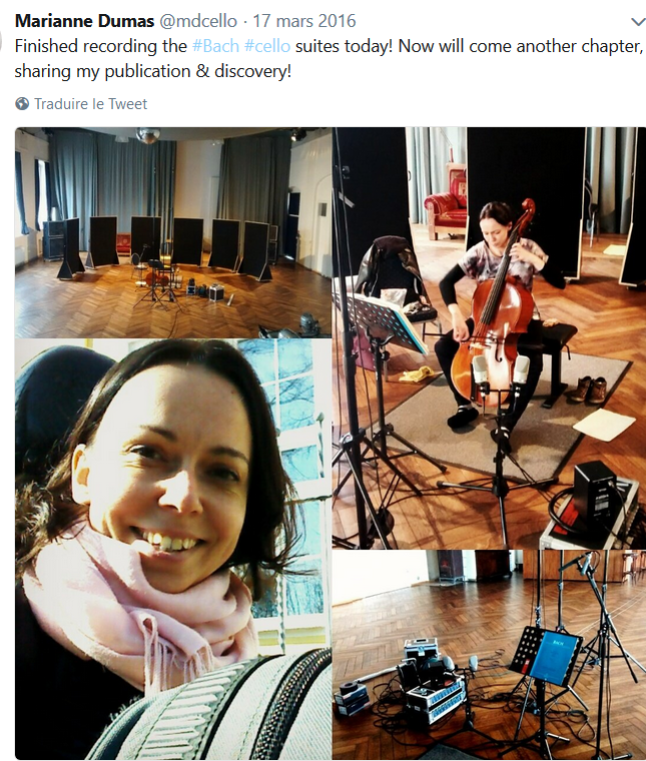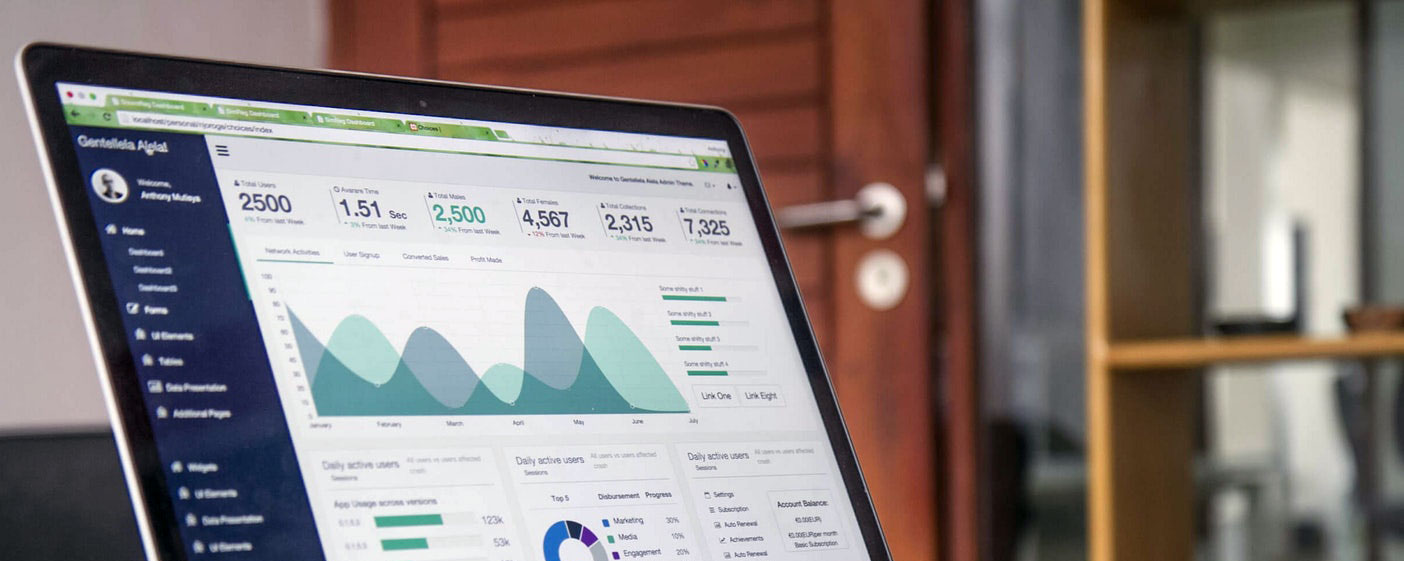The recording
"In October 2014, because of the similarity between the bass viol and the cello, I tried to inverse the bowing technique of the violoncello in the Bach Cello Suites. so to say, what a cellist usually plays down bow, I played up bow.
During this experiment, I instantaneously felt a better response from the instrument and by consequence, more resonance.
This experience led me to start a project including: a research about the origins, the setup, and the bowing technique of the violoncello, the making of a new Urtext edition, and the recording of this edition on the most authentic set-up. The sound was my guide. My goal was to reach a connection between the vibration of the violoncello and the harmony in order to let Bach's music make its magic. » Marianne Dumas

A LONG PROJECT
From a personal experiment to a deep historical research which led to reversing the bowing technique, a new edition and a recording.
"Some move the bow as it is customary on the viola da gamba, that is, instead of a down-stroke from left to right for the principal notes, they make an up-stroke from right to left, beginning from the tip of the bow." J. J. Quantz about cellists, Berlin, 1752

Re-create a full baroque set-up
Based on a lot of historical research, observation of paintings, writings and method from the baroque time, I tried, with the help of luthiers and baroque specialists, to recreate an instrument and set-up as if I had been a cellist in the 1720's who wanted to play the Suites.

Make a new edition
The first step was to force myself to have a completely new reading of the manuscripts. Having the full baroque set-up to read the Suites with a new perspective was very helpful.
My guide was the vibration of the strings and the sound of the cello.

Recording the edition
In order to make this project complete, I had to leave the sound of this project.
Recording the Suites with those strings was a challenge because you spend 6 hours a day in a performance mode in a recording studio, my fingers where on fire... It took me 5 days for the 6 Suites.
We took natural acoustics in order to have a pure sound form the instrument.
Timeline
The cello


by Daniel König, in Leipzig
The strings

by Pure Cordes, Potsdam
The Bow

by Hans Reiners, in Berlin
from an idea
to a 2 years project


Ton Koopman played an important role for me. He encouraged me from the start of my project and we have had important discussions about phrasing together. He then sent me his observations after listening to the recording which really touched me.

Making The edition

The recording

Yo-Yo Ma's support - Nov 2016








